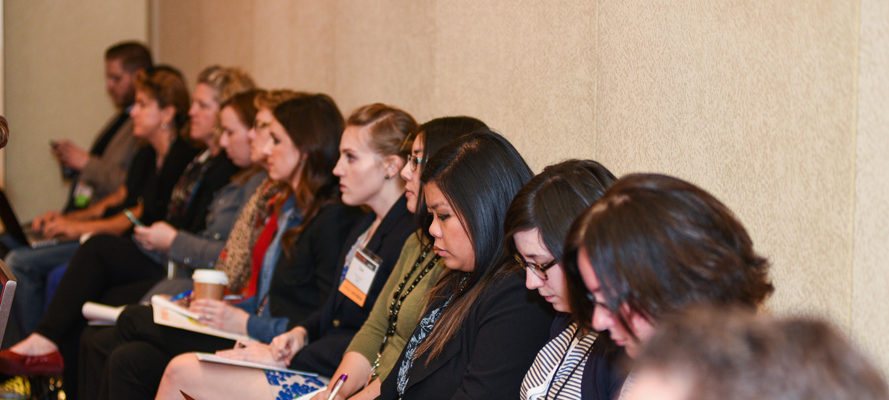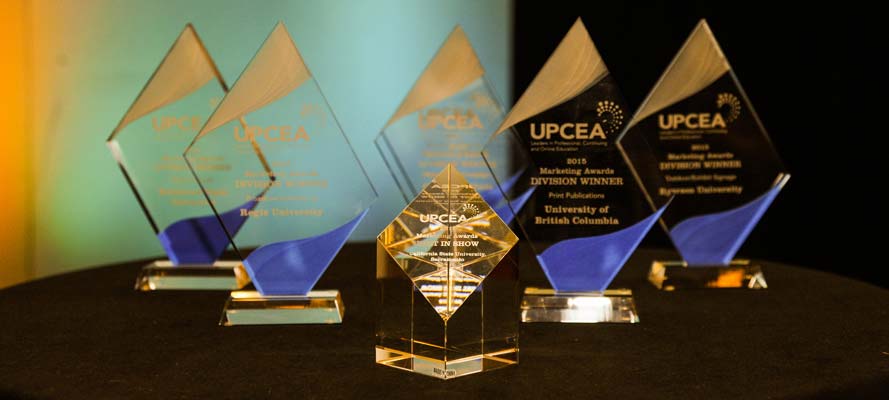Creating a great learner experience for professional education
By SmartBrief Editors
This post is produced in partnership with UPCEA.
An effective and efficient professional education onboarding experience is not just “nice to have” — it’s a necessity. Learners expect a fluid, intuitive process, from start to finish. They are attracted to programs that will help them meet their goals and expect components designed to ensure ease of access and seamless experiences.
So what does this mean for institutions? In today’s increasingly competitive market–including public, private and community colleges–it means delivering efficiency and intuitiveness without sacrificing quality or rigor.
Here are some factors to keep in mind.
Don’t sweat the technical. Students arrive ready to learn. Let them dive into the content as soon as possible. Don’t make learners jump through numerous tutorial hoops or orientation sessions before they can get started. In the case of online professional education, provide tech support for those who need a little more hand-holding but don’t bog down the content delivery with irrelevant “how to” material. Most professionals know the drill and can easily adapt to a new system if the content design is user-friendly, with clear ‘start here’ signals. Respect their time and capabilities with a top-notch, immediate content focus.
Create connections among peers. It is true that many people want to learn on their own schedule but they don’t want to do this in isolation. Make sure you have systems in place to guide and support learners. Schedule office hours and meetups appropriate for the delivery method, including virtual office hours and gatherings. Pair learners with coaches and connect groups of students with peer mentors. Many professionals seek opportunities to develop their peer networks during educational experiences and connecting with peers on content is a great way to foster that activity.
Provide staff support. All students should have phone and email access to individuals who can help them get the most from their experience. If you need to route students to a general email address to better triage support make response times a priority. A stated ‘response time promise’ sets expectations and assure students that there is someone available to help them, even if they don’t necessarily know who that might be.
Foster peer collaboration. It has been said that editors make the best writers because they learn from the mistakes of others. The same is true of peer collaboration. Interacting with peers helps students wrestle through complex questions and refine ideas. Make sure you offer tools that let students share resources, hold discussions and edit each other’s work. These interactions are important systems of support that foster a well-rounded understanding.
How will you improve the effectiveness of your professional learning offerings?
Like this article? Sign up for the UPCEA SmartBrief to receive more news like this in your inbox each week.
Other UPCEA Updates + Blogs
Survey: Emergency Move Online Forced More than Half of Faculty to Learn New Teaching Methods (Campus Technology)
In the face of the COVID-19 pandemic, nearly all higher education institutions (90 percent) in a recent survey used some…
Read MoreA Short-Term Perspective on Post-COVID-19 Higher Education
I wrote recently about a post-COVID-19 economy and the acceleration toward a new economy or what some deem as the…
Read More

